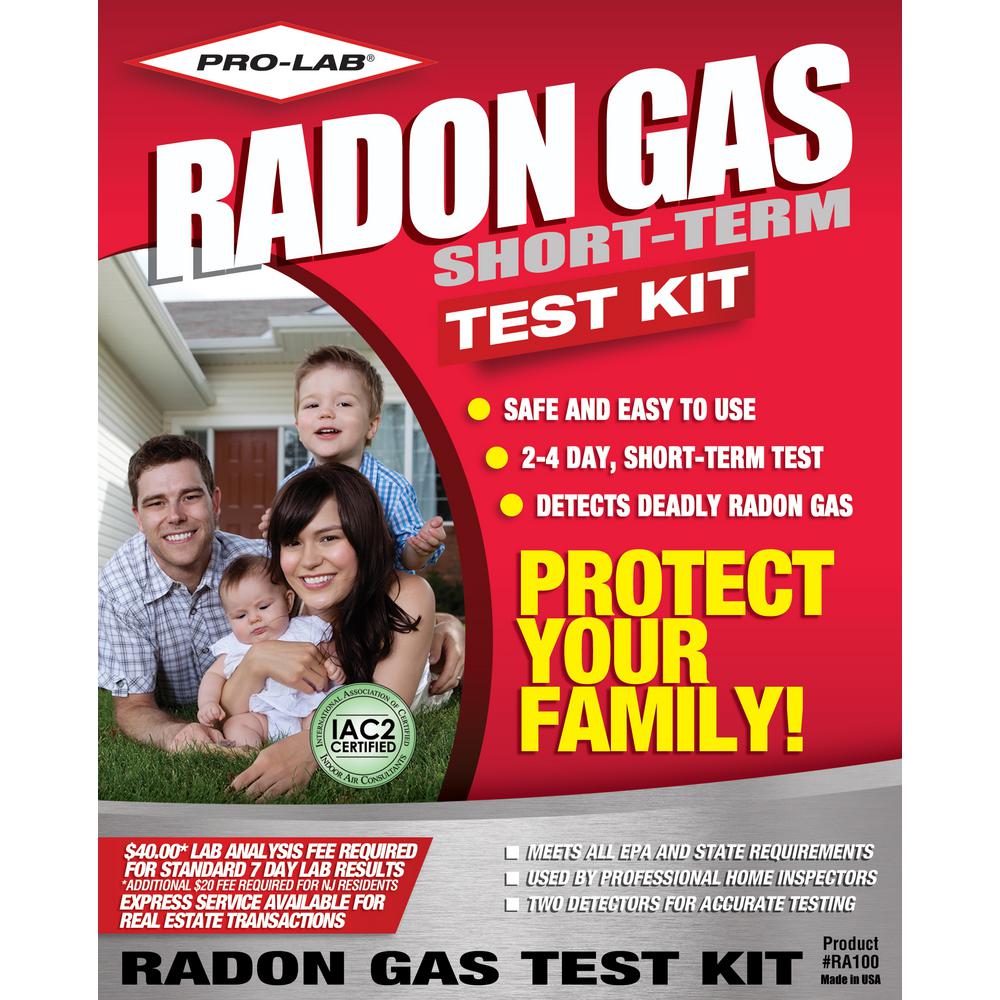EPA lifetime security requirements for carcinogens are developed based on a 1 in 100,000 danger of fatality. Most scientists concur that the risk of death for radon at 4 p Ci/L is around 1 in 100. At the 4 p Ci/L EPA radon activity guideline degree, lugs approximately 1000 times the risk of death as any kind of various other EPA carcinogen.
It is essential to note that the activity degree is not a risk-free degree, as there are no "risk-free" levels of radon gas. Radon is a cancer-causing radioactive gas. You can not see, scent or preference, yet it may be a problem in your. The Specialist General has actually alerted that is the second leading cause of in the United States today.
Some scientific of direct exposure suggest that kids may be more delicate to. This might be because of their greater respiration rate and their rapidly dividing cells, which might be more prone to radiation damage. Radon is a colorless chemically-unreactive inert gas. The atomic span is 1.34 angstroms and it is the heaviest recognized gas-- radon is 9 times denser than.
The How Much radon testing services Radon Is Dangerous? Diaries
Radon is additionally fairly soluble in as well as organic solvents. Although reaction with various other substances is somewhat rare, it is not totally inert and types stable particles with very electronegative materials. is considered a worthy gas that occurs in several isotopic kinds. Just two are discovered in significant concentrations in the human atmosphere: -222, and -220.
-220 is created in the degeneration chain of thorium-232. -222 degenerations in a sequence of radionuclides called degeneration items, daughters, or children. It is -222 that the majority of easily takes place in the environment. Atmospheric launches of -222 lead to the formation of decay products that are radioisotopes of hefty metals (polonium, lead, bismuth) and rapidly connect to other air-borne products such as dust and other products facilitating breathing.
- An Unbiased View of How Much Radon Is Dangerous?
- How Much Radon Is Dangerous? - The Facts
- The Definitive Guide for How Much Radon Is Homepage Dangerous?
- What Is Radon Mitigation for Beginners
is a normally happening contaminated gas and also comes from the all-natural break down (contaminated degeneration) of uranium. It is https://riverqatf119.wordpress.com/2020/02/26/indicators-on-how-to-get-rid-of-radon-you-should-know/ typically located in igneous rock and soil, yet in many cases, well may also be a resource of. DIRECT EXPOSURE: The key paths of prospective human direct exposure to are inhalation and also intake.
The Single Strategy To Use For How To Get Rid Of Radon
Although high concentrations of in groundwater might add to direct exposure with intake, the breathing of released from is typically more crucial. IN THE WORK ENVIRONMENT: In contrast with degrees in outside, humans in restricted areas, especially in underground workspace such as mines and also structures, are exposed to raised concentrations of and also its degeneration items.

The average focus in are generally a lot reduced than the typical concentrations in below ground ore mines. Workers are subjected to in several line of work. In nations for which data were available, focus of degeneration items in below ground mines are now commonly much less than 1000 Bq/m 3 EEC Rn (approx. 28 p Ci/L).

Other underground employees and also particular mineral handling workers might also be revealed to considerable degrees. Evaluating is the only means to recognize your radon degree. There are no prompt signs that will certainly alert you to the presence of radon. It generally takes years of direct exposure before any type of troubles surface area. The United States EPA, Surgeon General, American Association, American Medical Organization, and National Security Council advise checking your home for radon since screening is the only way to recognize your radon degree.
The Definitive Guide to What Is Radon Mitigation
The US EPA approximates that as lots of as 8 million throughout the nation have elevated degrees of radon. Current state surveys show that 1 in 5 has elevated radon levels. It's best to count on an expert-- particularly when dealing with a carcinogen. In fact, many UNITED STATE states call for radon experts to be licensed and also accredited in their field.
chemical element with atomic number 86 Chemical aspect with atomic number 86Radon, 86Rn Radon Pronunciation(RAY-don) Appearancecolorless gasMass numberRadon in the table of elements Atomic number (Z) 86Groupgroup 18 (noble gases)Durationperiod 6 Blockp-block Aspect classification Noble gasElectron arrangement [Xe] 4f 14 5d 10 6s 2 6p 6Electrons per covering 2, 8, 18, 32, 18, 8Physical residential propertiesPhase at STPgasMelting point202 K( − 71 ° C, − 96 ° F) Boiling point211.5 K( − 61.7 ° C, − 79.1 ° F) Density (at STP) 9.73 g/Lwhen fluid (at b.p.) 4.4 g/cm 3 Critical point377 K, 6.28 MPa Heat of blend3.247 k J/mol Warmth of vaporization18.10 k J/mol Molar warm capacity5R/ 2 = 20.786 J/( mol · K ) Vapor pressure P () 1 10 100 1 k 10 k 100 k at T (K) 110 121 134 152 176 211 Atomic properties Oxidation states 0,+2, +6 Electronegativity Pauling scale: 2.2 Ionizationenergies Covalent span 150 pm Van der Waals radius 220 pm Spectral lines of radon Other residential or commercial properties Natural incident from decay Crystal framework face-centered cubic (fcc) Thermal conductivity 3.61 × 10 − 3 W/( m· K) Magnetic ordering non-magnetic CAS Number 10043-92-2 History Exploration Ernest Rutherford as well as Robert B.